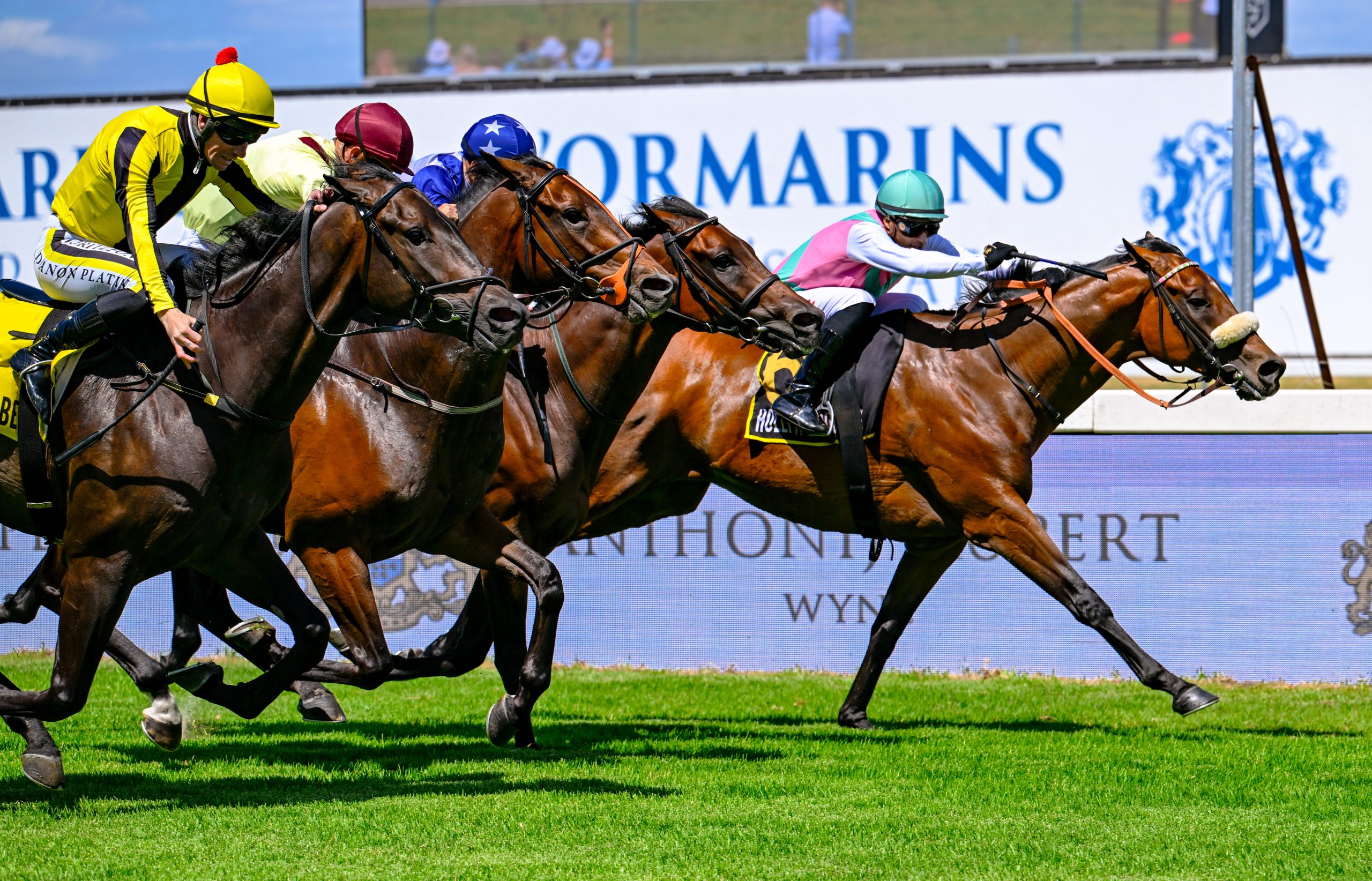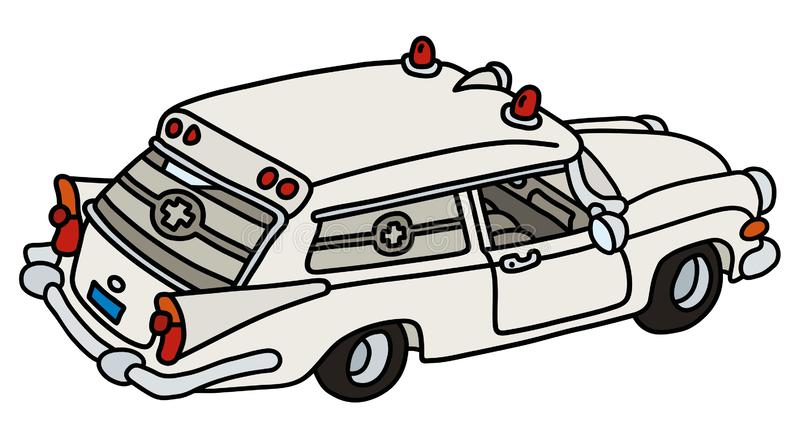One of the many unanswered questions in the world of breeding revolves around stallion temperament. Like so much else in the world of horse racing, there are many myths and rumours circulating around certain horses. Many of the so called “savage stallions” are a media myth, having been the result of rumours, or having one incident blown up out of all proportion. The majority of stallions can have an off day and experience one incident which results in them being labelled as vicious.
But what is the most dominating factor in creating difficult stallions – genes or incompetent handling?
Do the more vicious stallions inherit their hot blood from their parents, or are the majority of savage stallions just the victims of poor management?
Bad temperament almost inevitably impacts on the popularity of stallions, unless they are truly exceptional. One modern day example that can be quoted is Dynaformer, a 26 year old who stands for $150,000 – despite his age and decidedly unpleasant personality.
The thoroughbred stallion is, in general, a highly strung and lively animal, who needs to be handled confidently but with some care.
One example of stallions’ temperament being passed down the generations is the Ribot male line. There have been varying reports of Ribot’s crazed behaviour (some believing it had to do with a brain tumour), but what is interesting is that not only a number of his sires son proved hot and difficult to work with, but so have a number of descendants, more distantly related to that great horse.
The mighty Alleged, who was a great grandson of Ribot, was not only a very dangerous stallion, but, in turned, passed on that temperament to sons Law Society (described by staff as one of the most dangerous horses ever to stand at Coolmore) and Sportsworld. Strangely, Alleged’s grandsire, Tom Rolfe (by Ribot himself) was described as an easy stallion to work by his former stallion man. Alleged’s sire, Hoist The Flag, was said to be not a mean horse by any means.
Another striking influence of Ribot’s “hot-blood” is the former Lane’s End sire, Parade Ground. A famously bad tempered stallion, Parade Ground is inbred to Ribot, through the siblings Graustark and His Majesty.
Another famous stallion, best described as vicious, was Halo. A horse who constantly wore a muzzle, Halo passed on much of his fire to his great sun, Sunday Silence. The latter was said to have “a belligerent temper” while Halo attacked a number of grooms during his years at stud.
Sunday Silence’s groom, Naoki Sarota, described the champion as “very aggressive…it is a miracle that we both have all our body parts in tact.”
Famed US trainer, Charlie Whittingham, said of the Halo progeny,”Halo is a pretty mean sucker…all his sons and daughters are a little that way. Sunday Silence is very fiery… Goodbye Halo (won Kentucky Oaks) is a little cranky and she’ll kick the brains out of you.”
Another interesting example of sires “passing on” their temperamental quirks can be seen in the Storm Bird male line. Storm Bird himself was a notoriously mean stallion, and his son, Storm Cat, himself has a number of stallions, such as Catrail and the self mutilator Tale of The Cat, with troublesome personalities. Another Storm Cat son, Storm Boot – a successful sire from limited opportunities in the US, was also described as an “unusually aggressive stallion.”
Having said that, two sons of Storm Cat, who are reputed to be relatively sensible stallions are Giant’s Causeway and the late, Hennessy.
It is hard to believe that all of the “savage” stallions mentioned above were mismanaged – surely genetics played a part?
On the other hand, there have been a number of stallions whose personalities have under gone drastic changes when moved to different stud farms. One famous example of a stallion who became completely unruly as a result of timid handling was Nasrullah. Long regarded as a temperamental brute while in training, Nasrullah (according to various reports) became a savage when he first retired to stud in Ireland. He was eventually relocated to Claiborne Farm, where he became much more manageable (if never exactly a people’s person) under some respectful, but firm, handling. Even at Claiborne, however, Nasruallah remained tricky, although sensible horsemanship allowed the horse plenty of space and freedom, and Nasrullah soon became accustomed to the proximity of another prominent sire, Double Jay (Balladier).
Timothy Capps, former editor of The Thoroughbred Record, regularly visited Claiborne at the time that Nasrullah was standing stud. He paints a vivid picture of the stallion, saying,”(He) was a tremendous character. He was a really intelligent horse who had a major league temper.”
Nasrullah was renowned for passing on his own stroppy personality to his offspring. His champion Nashua has been described as being famous for being both tough to deal with and stubborn.(And grandson, Bold Bidder, was rated one of the meanest horses of all time in a Blood Horse survey!) However Nashua’s son, Diplomat Way has been described as a very honest horse, who passed on his good traits to his offspring.
A more recent example of a stallion who settled down in a different environment was the North America sire, Personal Flag. Originally standing at a prominent farm in Kentucky, Personal Flag’s reputation had people running for cover. While in Kentucky, Personal Flag (a G1 winning brother to Personal Ensign) reportedly had two handlers – both of whom handled the horse with a baseball bats!
The horse was moved to New York, where he spent the remainder of his stud career at Joe McMahon’s farm. Given sympathetic, but strong, handling, Personal Flag (Private Account) was another case of a hot tempered stallion being treated with empathy and common sense. He was never an easy horse, but, according to reports, settled down and became manageable.
South Africa’s famed horse whisperer, Malan du Toit, believes that horses are made difficult, or vicious, by lack of understanding or care on the part of their human handlers. Take a lack of human understanding, add fear of a “crazy horse”, and you are well on the way to creating a monster.
It is also worth noting that many stallions’ reputations are built up, or destroyed, by incidents which have been blown up out of all proportion. Some stallions are described as savage, when in fact they have been poorly handled and badly managed.
Clearly, genetics does play part in temperament, but it is in probability less of factor than handling and management. Like so many things, large doses of common sense would seem to be a major factor in determining stallion’s behaviour patterns.








